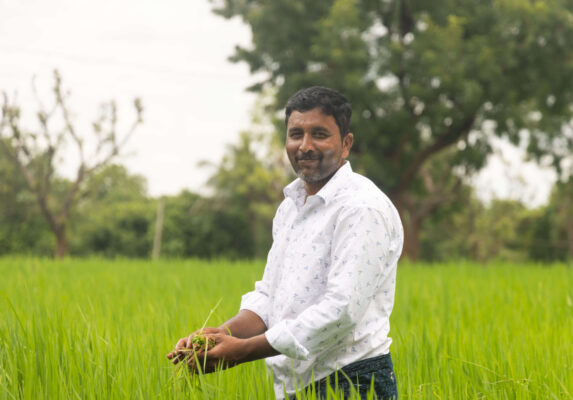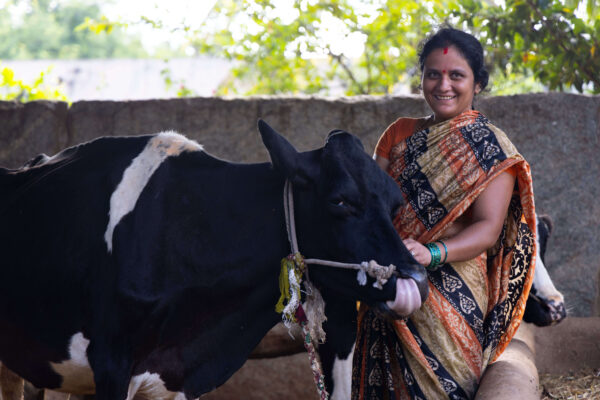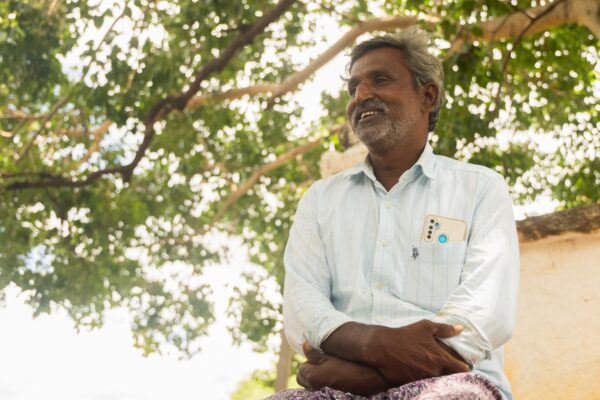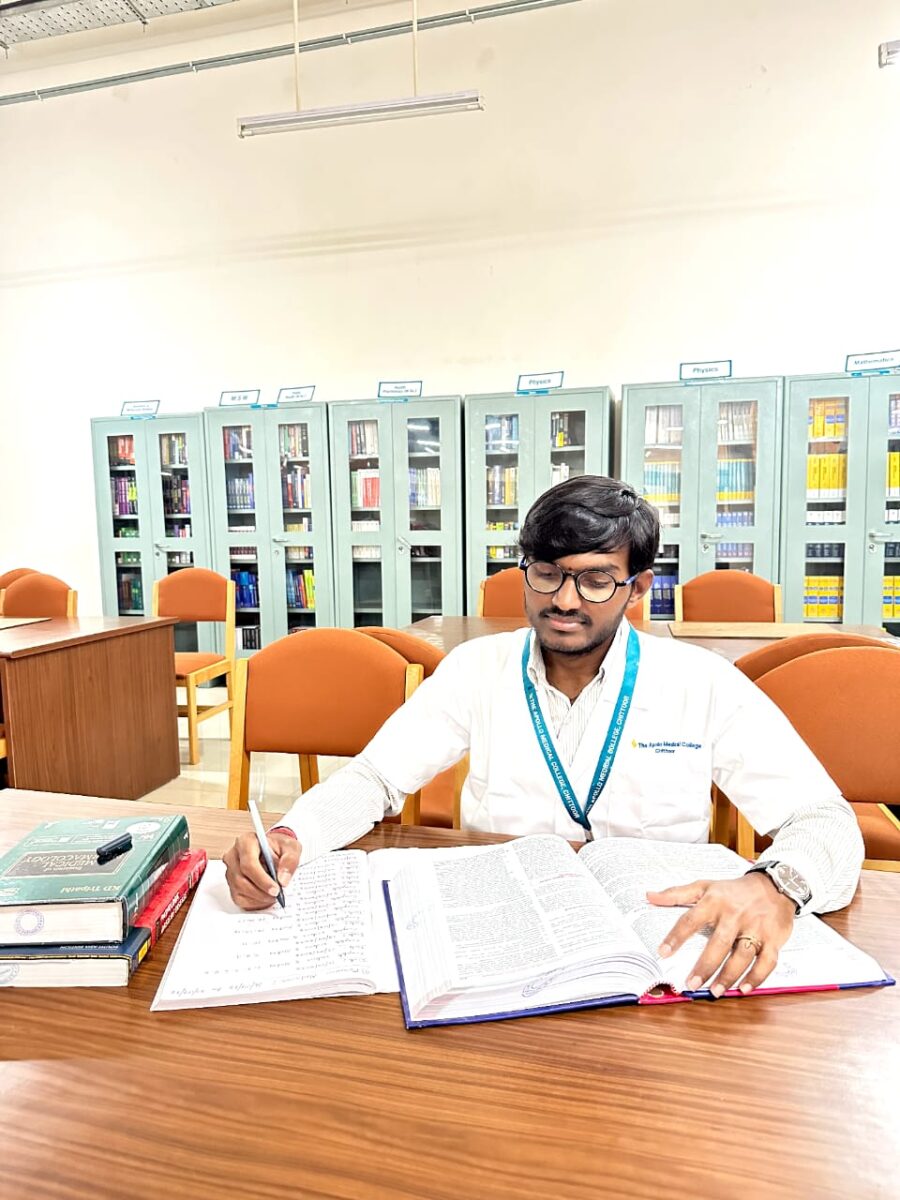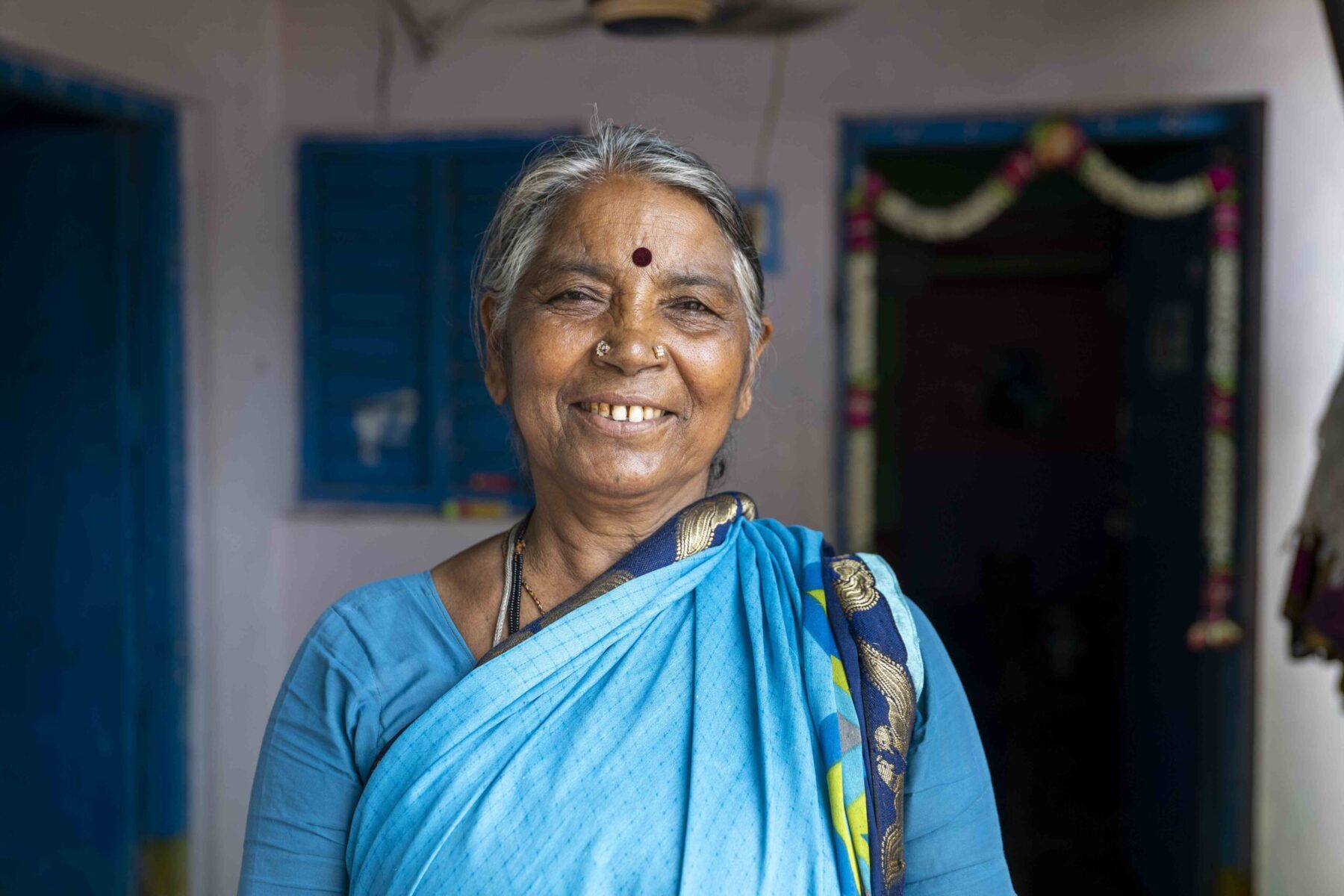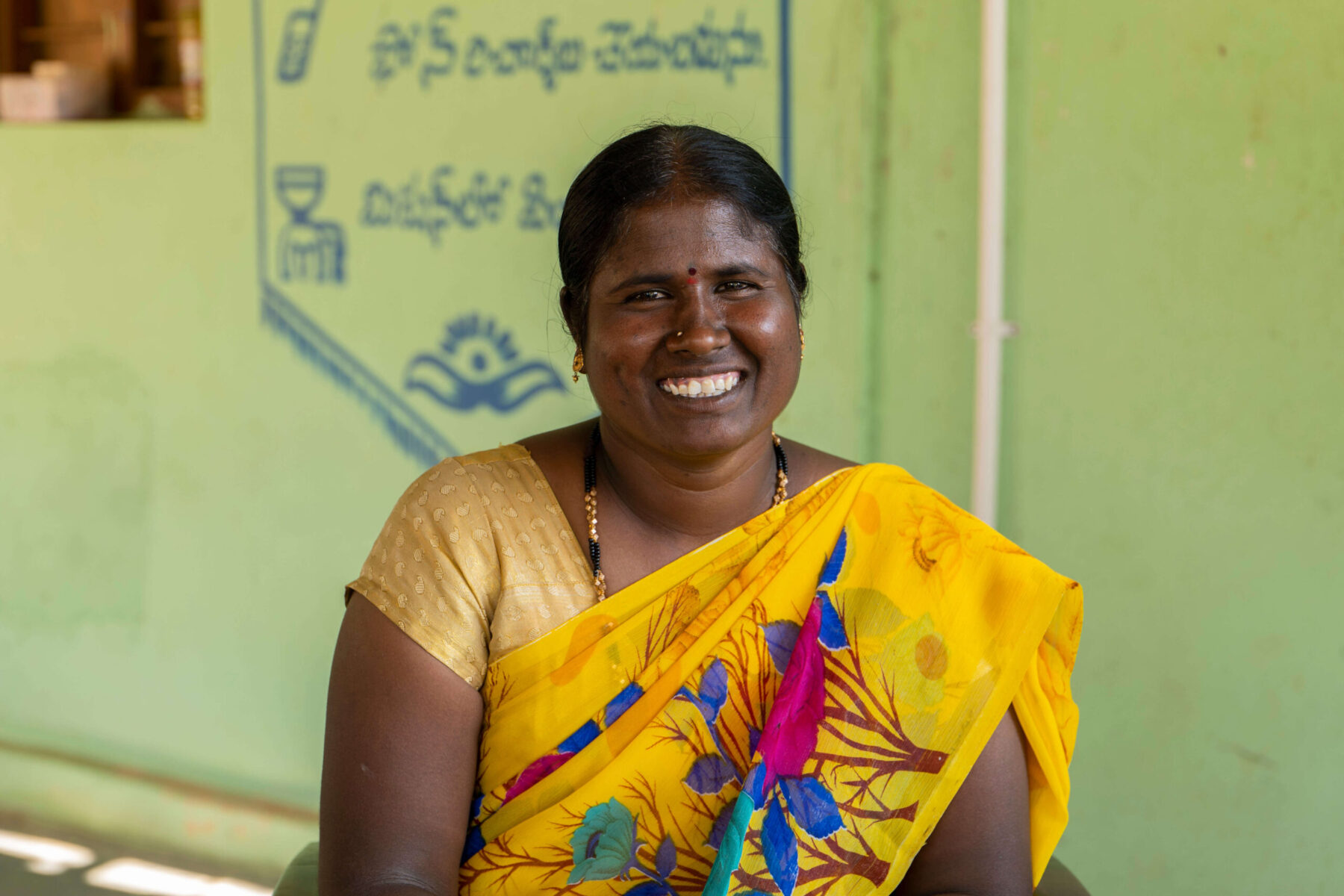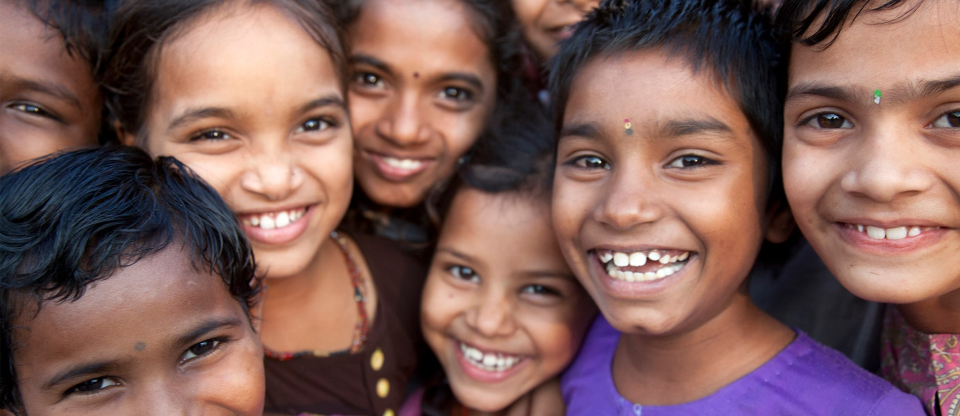At 4 a.m., Rajitha rises, ready to meet the day before the first light touches the fields. She ties her hair, heads to the dairy shed, and milks her cows before others arrive at the milk centre to sell their produce. Down the lane, Balavaradaraju grabs his shovel and walks toward his land. Five acres of mulberry bushes and countless silkworms await his careful attention.
Nestled 101 km from Anantapur in the serene Rayalaseema region, Nijavalli is more than just a village. Its very name, Nijavalli, translates to “Village of Truth.” Located on the seamless border between Karnataka and Andhra Pradesh, it is a place where Telugu and Kannada blend effortlessly. The scenery is equally compelling, shifting from Atmakur’s expansive windmill plains to lush fields brimming with crops.
The Rayalaseema region has been no stranger to drought, facing 15 dry years between 2000 and 2018, with nine of those being consecutive. In 2007, Nijavalli experienced one of its worst droughts, severely impacting 100 families, including Bala’s. As the village’s water tables sank to historic lows, the community banded together, deciding to seek out scientific solutions. Approaching RDT, the villagers explored cropping techniques and integrated watershed development strategies aimed at conserving water and raising the water table.
“Look at Nijavalli now, and you wouldn’t believe the struggles we faced just to keep our crops alive,” says Balavaradaraju. For generations, families like Rajitha’s and Bala’s adapted out of necessity, with some even migrating to Bengaluru for work and financial stability. “My father and grandfather planted crops like peanuts and groundnuts, which drained the groundwater dry. We, as children, were tasked with watering those fields,” Bala recalls, reflecting on a time when the villagers were at the mercy of unpredictable rains.
As part of RDT’s Integrated Village Development Project, Nijavalli became one of the several communities supported through a holistic model that addresses multiple aspects of rural life- through sustainable livelihoods, ecology, and gender equality. The first breakthrough came with the construction of a check dam, a reservoir that could hold substantial volumes of water. The check dam was built as part of the RDT Integrated Village Development Project, through which RDT worked with communities to drought proof the region and ensure diversification of livelihoods and additional income sources. This helped reduce reliance on rainfed agriculture, introduced alternative sources of water, and supported conservation based irrigation practices, which gradually replenished groundwater resources.
“We learned that if we wanted water for both farming and daily life, we needed to conserve it smartly and replenish the groundwater, and the new check dam helps. Now, with new livelihood opportunities through cattle, new agricultural practices and additional incomes we can find financial stability”, says Bala.
Water has always been at the heart of thriving communities, shaping them through abundance or absence. Nijavalli is no different, it’s a story of resilience, of transformation in the face of scarcity. Rajitha sees the change as she bathes her cows, noting, “Before, women only stepped out to help with farming. Now, you see women leading sanghams in the village, supporting others to seek alternate sources of income. It’s what led me to raise cows.”
Nijavalli’s spirit of cooperation is woven into every field. The village’s interconnected way of life combines milk production, soil fertility efforts, kitchen gardens, backyard plantations, and organic farming. “I’ve learned how vital it is to nourish the soil, to dig trenches, practise poly-cropping, and use organic methods to sustain it,” Bala says, mixing mulberry waste into the soil for his sericulture.
Through the Integrated Village Development Project, RDT ensures the needs of each community are met through deep engagement. The focus is not only on enabling economic independence, but on creating an environment where people can thrive socially, economically through sustainable practices.
Nijavalli hums with activity as each day begins. The milk Rajitha gathers sustains her family and contributes to the wider dairy economy. Bala’s mulberry leaves feed silkworms that artisans turn into silk. This cycle enriches the soil and nourishes the families who work it, each sunrise revealing a land transformed. Now, as Rajitha and Balavaradaraju go about their day, they know the soil they tend to is more than a resource, it is the lifeline that binds their past, present, and future.
Text: Mathusree Menon

